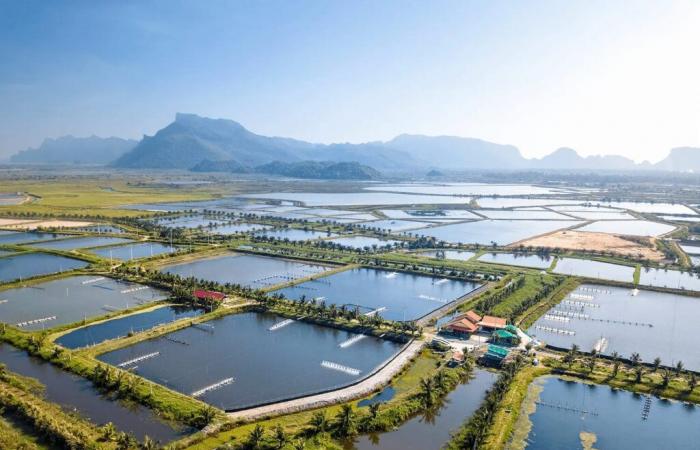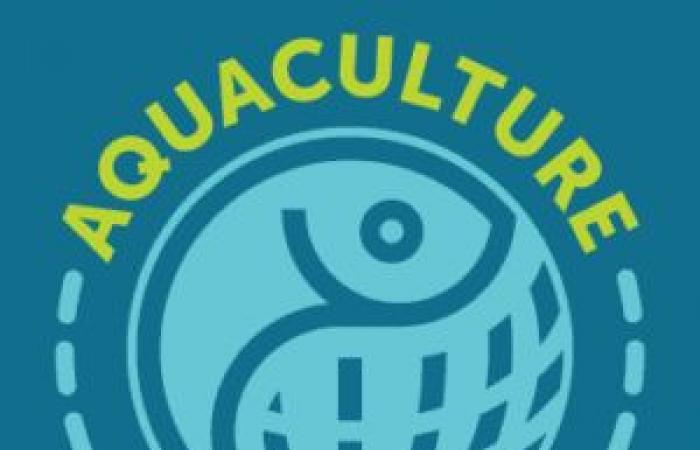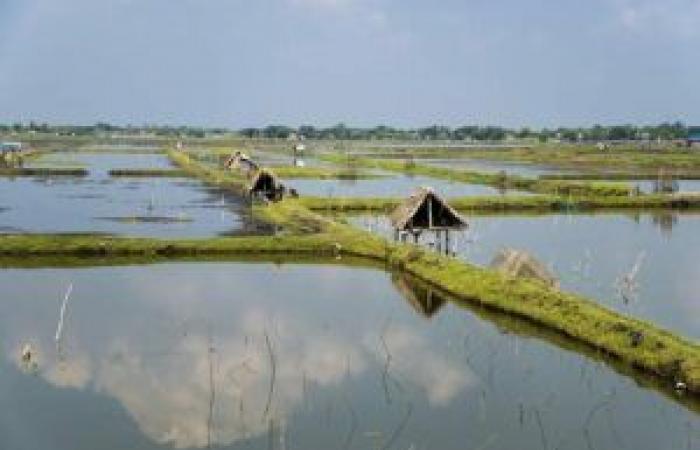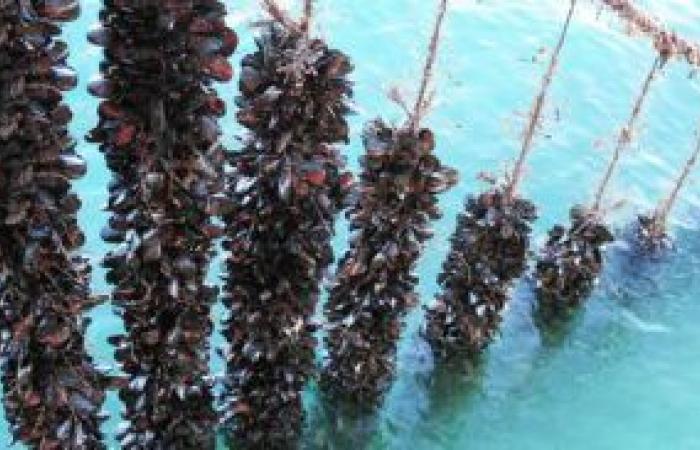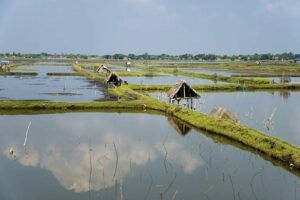Tuesday, 19 November 2024
Introduction
Editor's Note: This post is part of the Aquaculture 101 series. Aquaculture 101 is an educational campaign that the GSA is running throughout 2019. The mission of the campaign is to raise awareness of basic aquaculture facts and information sustainable for those who might be unfamiliar with the subject or those who might be skeptical of farmed fish. Each month, a blog post, short video, and infographic are published on the GSA website and shared on social media with the hashtag #Aquaculture101.
The environmental impact of aquaculture
In recent decades, the environmental impact of aquaculture has been a popular topic of discussion, often with a negative connotation. However, this impact depends entirely on the species raised, production intensity and farm location. New strategies and technologies have emerged, proving that sustainable aquaculture is possible.
Fisheries represent important natural resources, particularly in Africa and Asia, where the population is growing exponentially. Fish farming, when done sustainably, can meet the growing demand for seafood that stressed fisheries can no longer meet.
Challenges and past practices
In the past, the aquaculture industry has faced obstacles to sustainable production.
Environmental problems were common, including nutrient accumulations, impact on wild fisheries, and environmental pollution. These criticisms were justified, as the industry was learning
yet to face these challenges.
Nutrient buildup occurs when fish density is high, which can lead to oxygen problems in the water. The use of antibiotics to prevent disease has also raised concerns about effects on the local ecosystem.
A new day for aquaculture
Fortunately, great progress has been made. Regulatory agencies have implemented measures to prevent the accumulation of nutrients and effluents. Strategic locations for aquaculture farms and increased monitoring of antibiotic use have contributed to these advances. The use of modern technology, such as underwater cameras to monitor cages, is also on the rise.
Positive environmental impacts
Farmed seafood is extremely resource efficient. The food conversion ratio is 1.1, meaning that one pound of food produces one pound of protein, con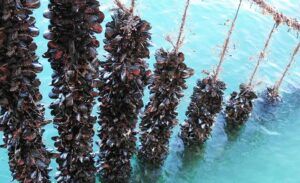 be ratios of 2.2 to 10 for other animal proteins. Farmed fish are also less exposed to contaminants because they eat processed foods.
be ratios of 2.2 to 10 for other animal proteins. Farmed fish are also less exposed to contaminants because they eat processed foods.
Raising filter feeders, such as shellfish, helps improve water quality by removing excess nutrients. This system is known as polyculture or integrated multi-trophic aquaculture (IMTA).
Opportunity for aquaculture
With the industry's desire to reduce its environmental impact and thanks to technological advances, aquaculture has improved. Farmed fish should no longer be seen as unsustainable. This resource-efficient protein can help fill the supply gap to feed the world's growing population. The tools for sustainable development are now available, and it is up to breeders to use them.

